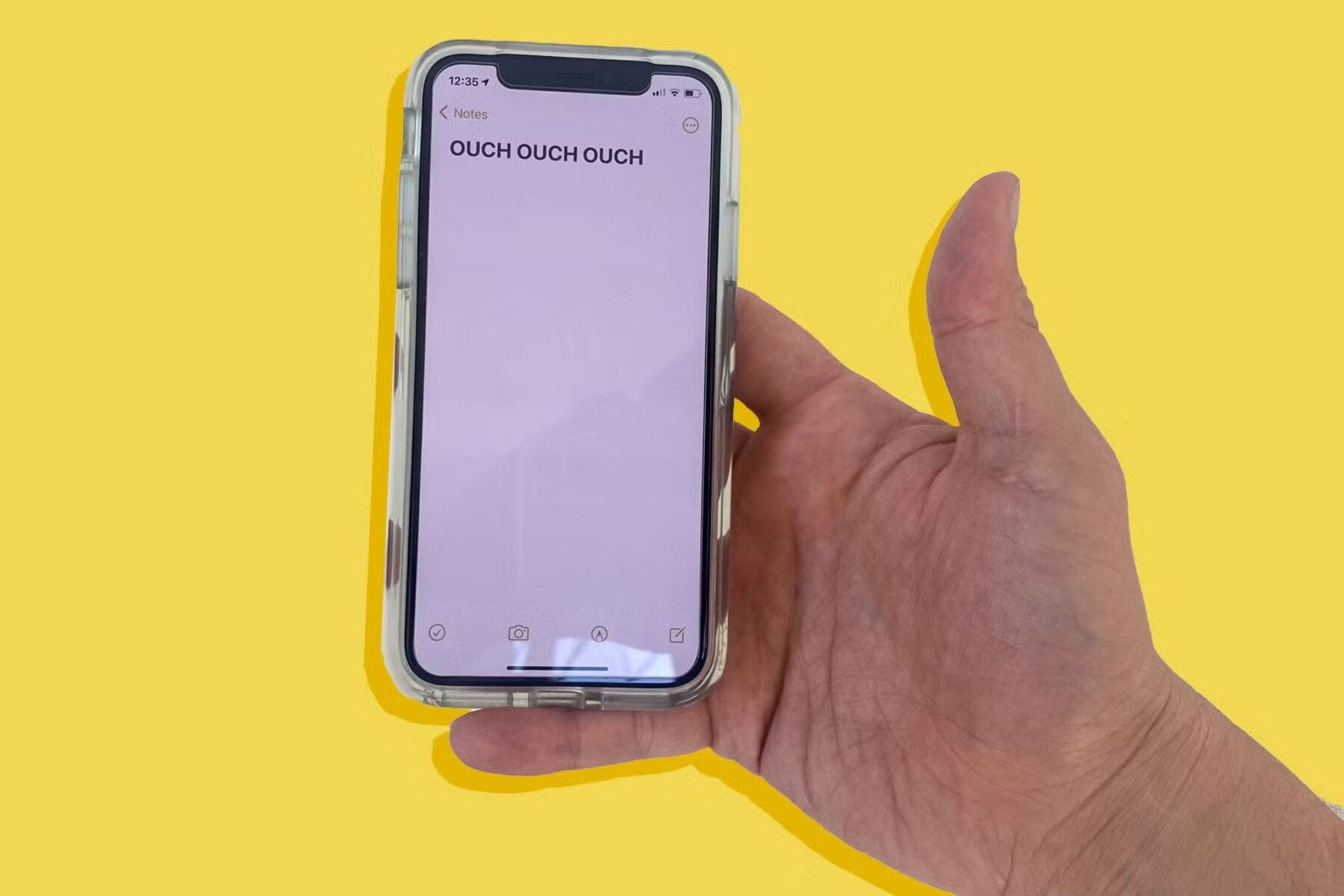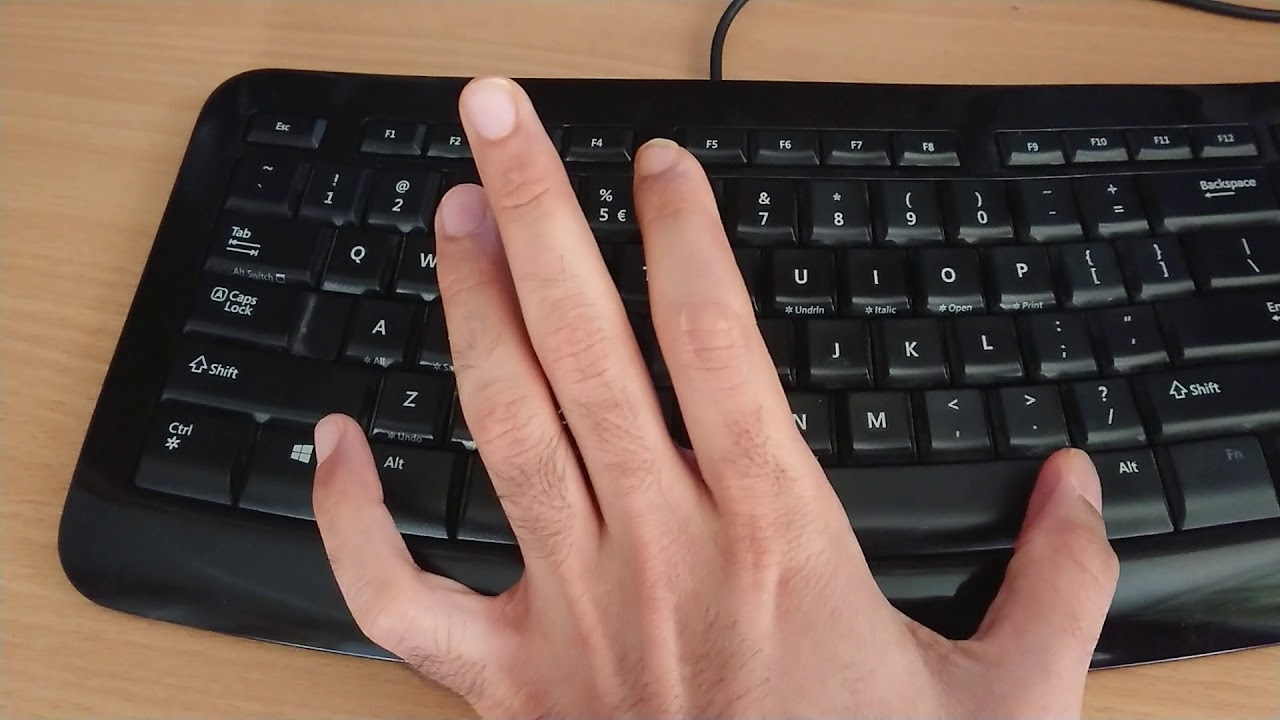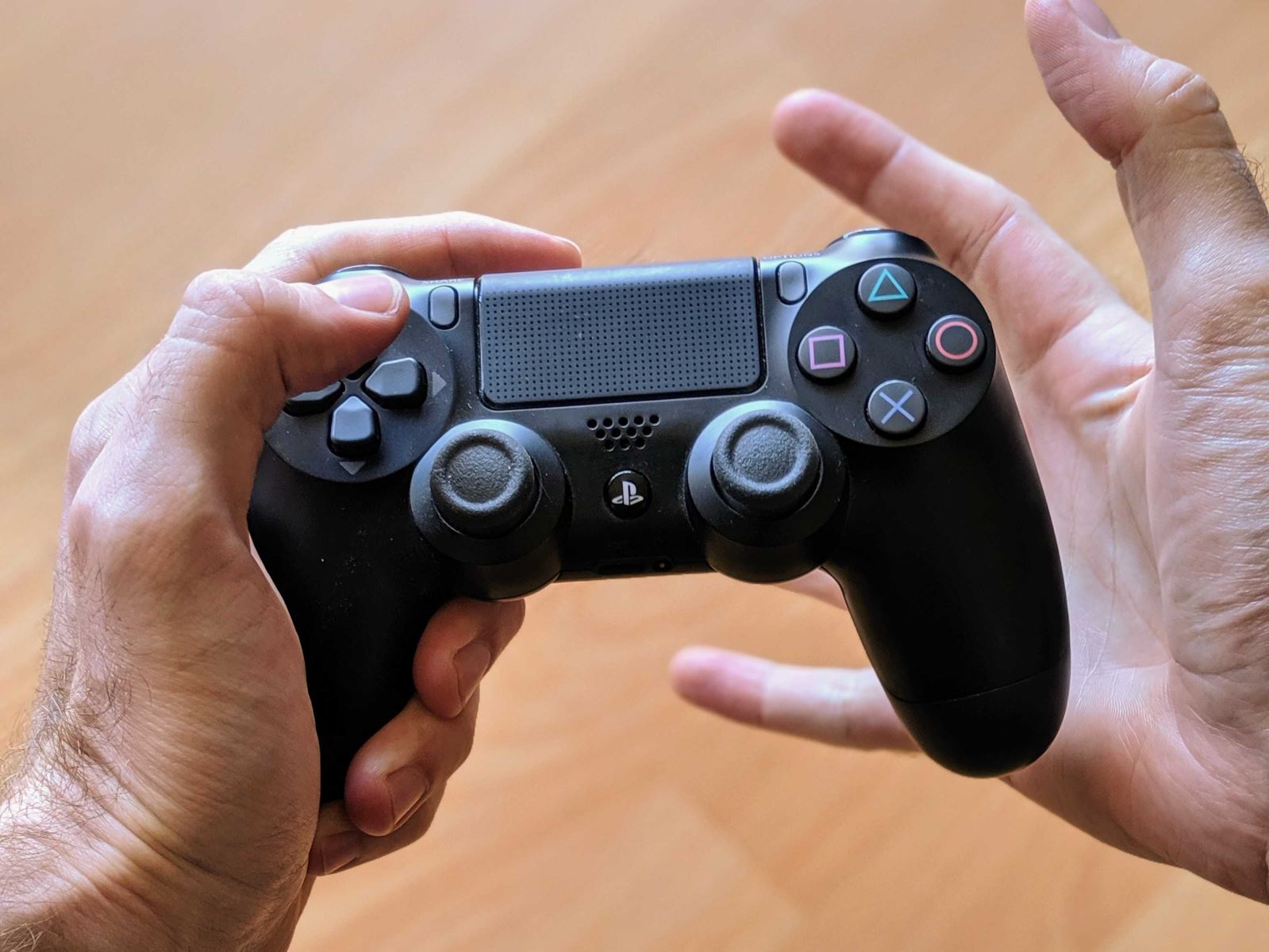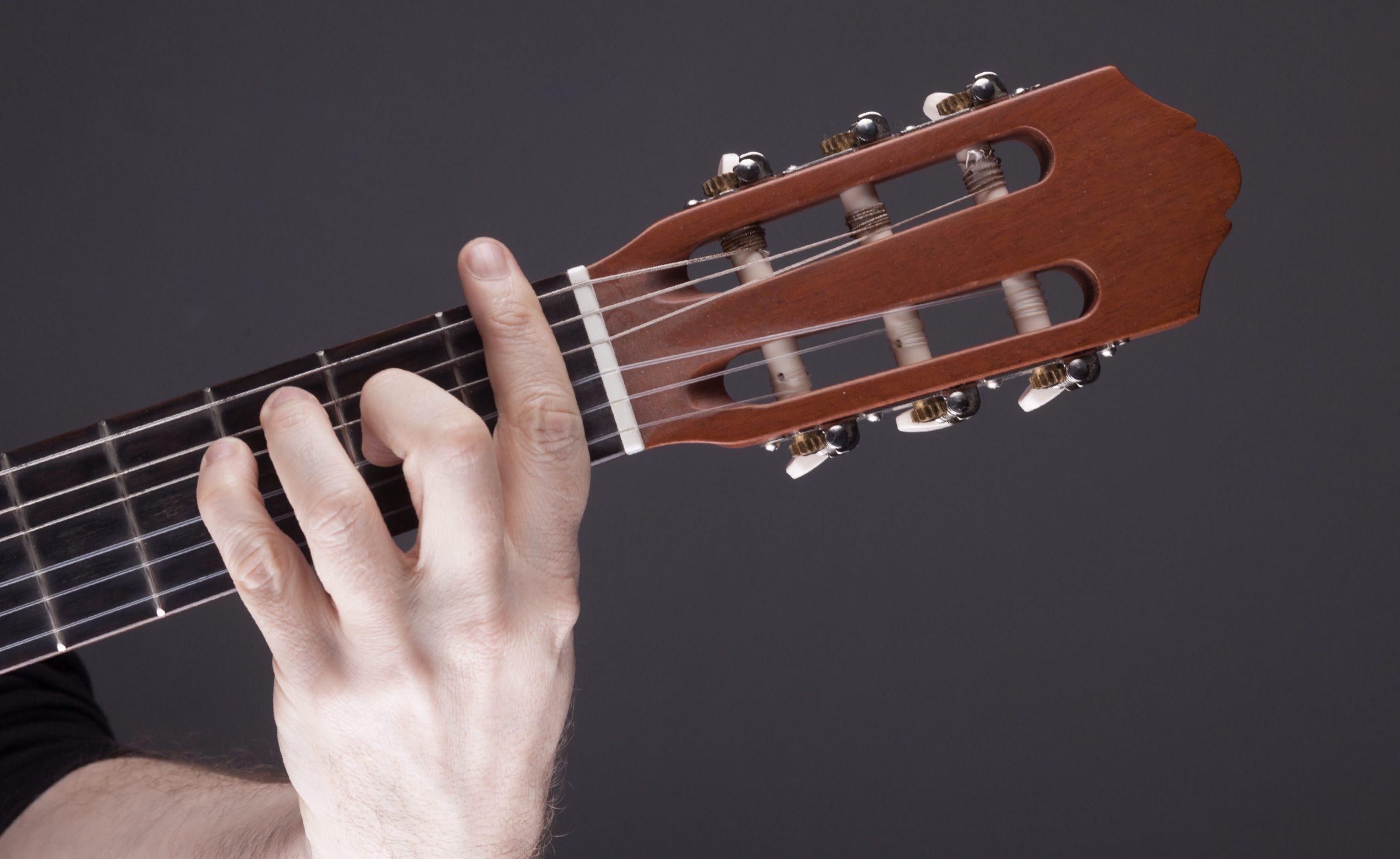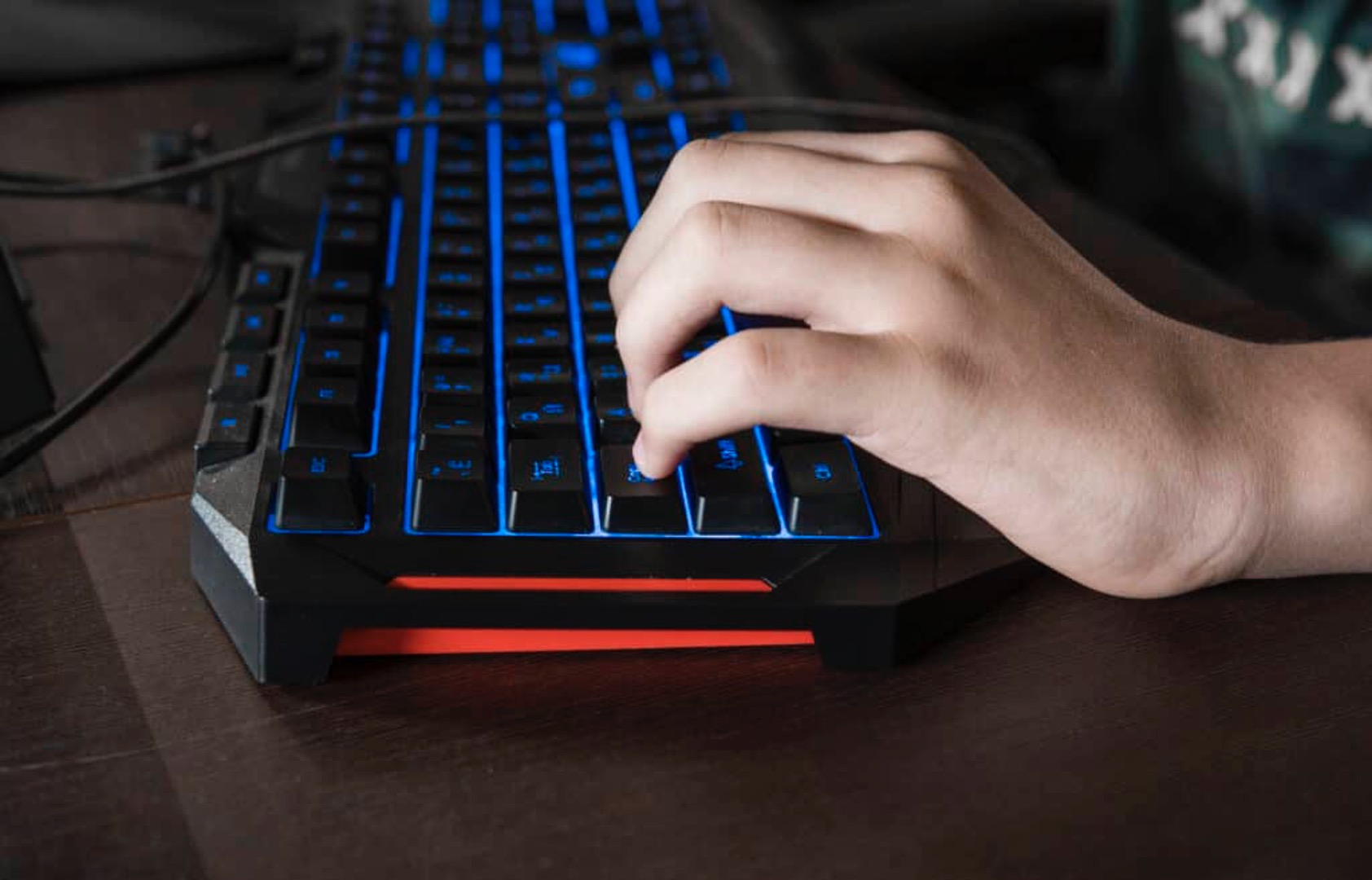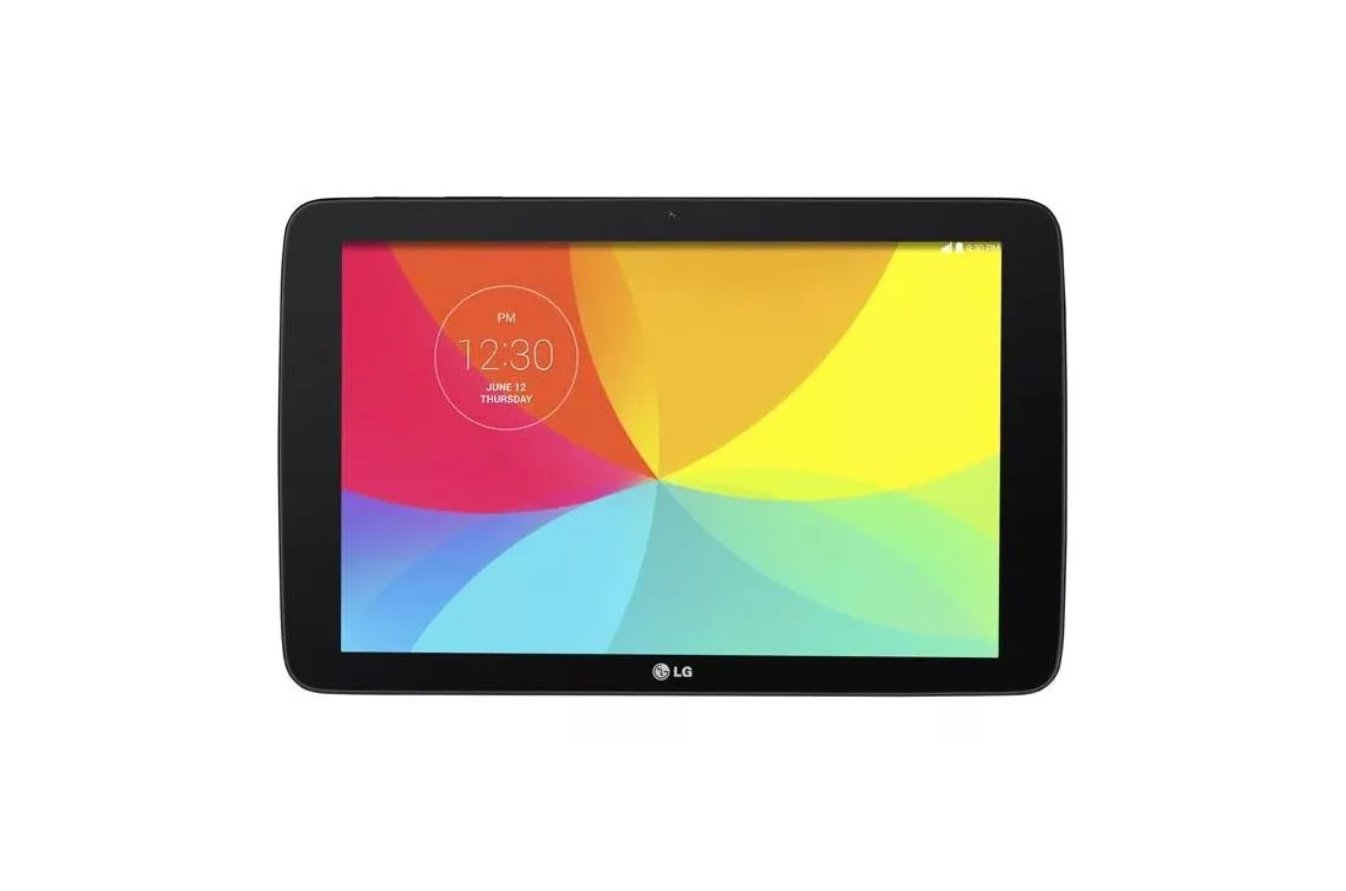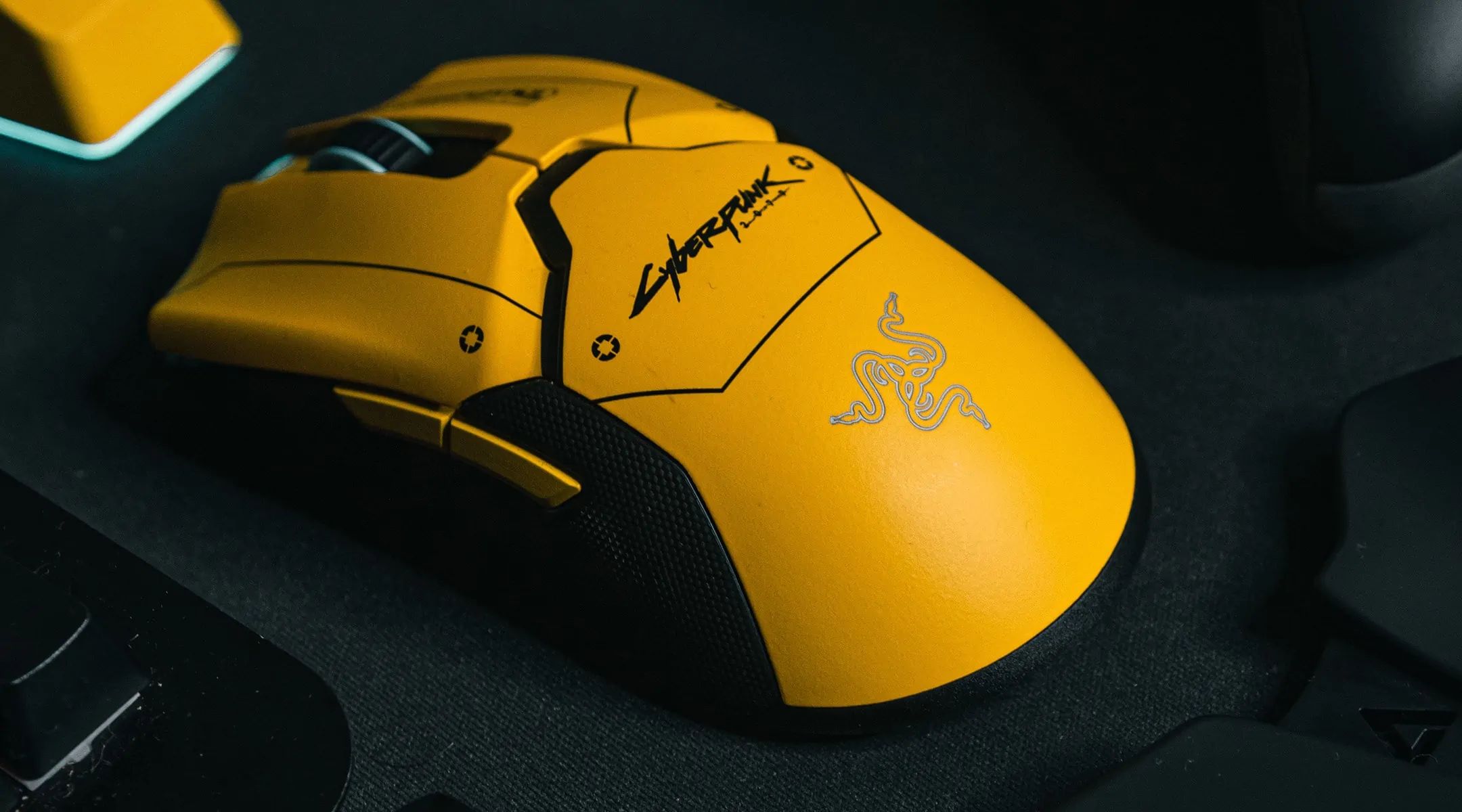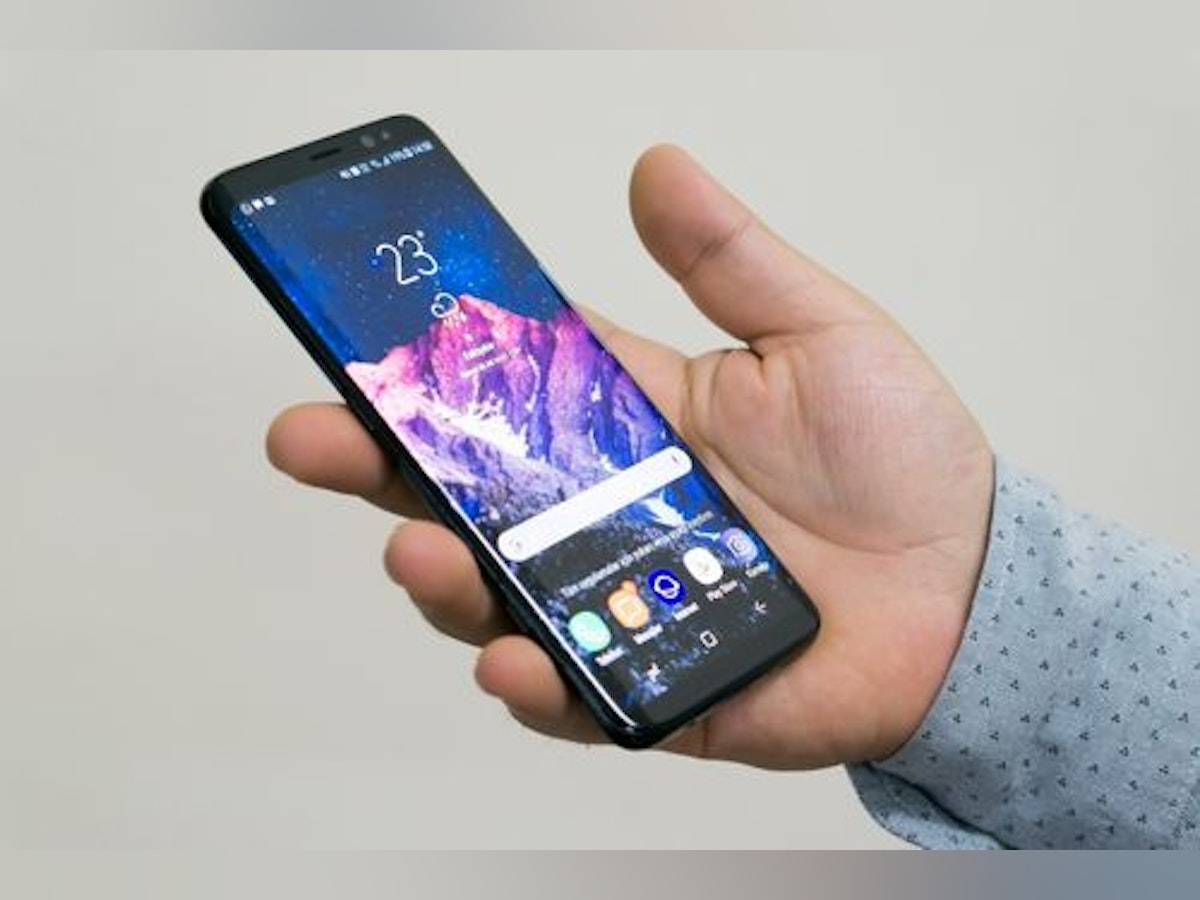Introduction
In the digital age, smartphones have become an essential part of our daily lives. We rely on these versatile devices for communication, entertainment, and various tasks. However, the extensive use of smartphones can lead to certain physical issues, one of which is known as “Smartphone Pinky.” If you’ve experienced discomfort or pain in your pinky finger, you may be wondering what exactly Smartphone Pinky is and how it occurs.
Smartphone Pinky is a term used to describe an ailment marked by the bending or curvature of the pinky finger, primarily caused by prolonged and repetitive smartphone usage. As we navigate the touchscreen and type messages or browse the internet, our pinky finger naturally supports the weight of the device. Over time, this added strain can result in discomfort or even structural changes to the finger.
Resembling a similar condition known as “Trigger Finger,” which affects the ring finger, Smartphone Pinky has gained attention due to the widespread use of smartphones and the increased reliance on these devices for various tasks. While it may seem like a minor inconvenience, neglecting the symptoms of Smartphone Pinky can lead to more significant issues in the long run. Understanding the causes, symptoms, and preventive measures for Smartphone Pinky is essential to maintain the overall health and well-being of our fingers and hands.
In the following sections, we will delve deeper into the causes and symptoms of Smartphone Pinky, as well as explore effective ways to prevent and treat this condition. By raising awareness about this prevalent issue, we can educate smartphone users and encourage them to adopt healthy habits when engaging with these devices.
What is Smartphone Pinky?
Smartphone Pinky, also known as “iPhone Pinky” or “Smartphone Finger,” refers to a condition characterized by the bending or curvature of the pinky finger, typically caused by prolonged smartphone usage. This phenomenon primarily affects individuals who use their smartphones for extended periods, navigating the touchscreen and typing messages or emails using just one hand.
The constant repetition of these actions puts excessive strain on the pinky finger, which is responsible for balancing the weight of the device. Over time, this can lead to discomfort, pain, and even the development of a noticeable curvature in the pinky finger.
One of the main reasons why the pinky finger is particularly vulnerable to this condition is its unique anatomy. Compared to other fingers, the pinky finger is naturally smaller and weaker, making it more susceptible to strain and stress. Additionally, its position on the side of the hand places it at a disadvantage when supporting the weight of a smartphone.
It’s important to note that Smartphone Pinky is not a serious medical condition, but it can cause significant discomfort and inconvenience for individuals affected by it. If left untreated, it may lead to more severe issues, such as joint pain, inflammation, or even impaired movement.
While Smartphone Pinky may not be a well-known or widely discussed condition, it has gained attention due to its increasing prevalence among smartphone users. As more people rely on smartphones for various tasks and spend significant amounts of time engaging with these devices, the risks associated with Smartphone Pinky become more prominent.
Understanding the factors that contribute to Smartphone Pinky and recognizing its symptoms allows individuals to take preventive measures and address the condition before it becomes more problematic. In the following sections, we will explore the causes, symptoms, and preventive measures for Smartphone Pinky, as well as discuss possible treatment options for those affected by this condition.
Causes of Smartphone Pinky
Several factors contribute to the development of Smartphone Pinky. Understanding these causes can help prevent and alleviate the symptoms of this condition. Here are some of the primary causes:
1. Repetitive Motion: The repetitive nature of smartphone usage, particularly when using just one hand, can strain the muscles and tendons in the pinky finger. Constantly tapping, swiping, and typing can lead to overuse injuries and discomfort over time.
2. Imbalanced Weight Distribution: The pinky finger plays a crucial role in balancing the weight of the smartphone when held with one hand. The constant pressure on the pinky finger while holding the device can create an imbalance and result in strain on the finger.
3. Prolonged Device Use: Spending long periods using a smartphone can contribute to the development of Smartphone Pinky. The more time spent engaging with the device, the more strain is placed on the pinky finger, increasing the risk of developing this condition.
4. Poor Posture: Maintaining an incorrect posture while using a smartphone can exacerbate the strain on the pinky finger. Holding the device at an awkward angle or bending the wrist excessively can contribute to the development of Smartphone Pinky.
5. Natural Finger Anatomy: The pinky finger is naturally smaller and weaker compared to other fingers. This inherent anatomy makes it more susceptible to strain and stress, increasing the likelihood of developing Smartphone Pinky.
It’s worth noting that while these causes contribute to Smartphone Pinky, individual factors such as hand size, finger strength, and overall hand health may also play a role in the development of this condition. By recognizing these causes, individuals can take steps to prevent or mitigate the strain on the pinky finger and reduce the risk of developing Smartphone Pinky.
Symptoms of Smartphone Pinky
Recognizing the symptoms of Smartphone Pinky is crucial for early detection and prompt intervention. Here are the common signs and symptoms associated with this condition:
1. Pain and Discomfort: The primary symptom of Smartphone Pinky is pain or discomfort in the pinky finger. This can range from mild discomfort to aching or sharp pain, especially during or after using a smartphone for an extended period.
2. Stiffness and Inflammation: Individuals with Smartphone Pinky may experience stiffness and inflammation in the pinky finger joint. This can make it difficult to move the finger freely and may result in a decreased range of motion.
3. Curvature or Bending: Over time, Smartphone Pinky can lead to the development of a noticeable curvature or bending in the pinky finger. This may be subtle in the early stages but can become more pronounced with continued smartphone use.
4. Weak Grip Strength: As the pinky finger undergoes strain and stress, individuals with Smartphone Pinky may notice a decrease in grip strength. This can make it challenging to hold objects or perform tasks that require a strong grip.
5. Tingling or Numbness: In some cases, individuals may experience tingling or numbness in the pinky finger, extending to the adjacent fingers. This can be a sign of nerve irritation or compression, which may occur due to prolonged smartphone use.
It’s important to note that these symptoms may vary in severity from person to person. It’s also possible to experience a combination of these symptoms or have additional discomfort in the surrounding hand or wrist. If you notice any of these symptoms persisting or worsening, it is advisable to seek medical attention for proper diagnosis and guidance.
By being aware of these symptoms, individuals can take proactive measures to prevent further progression of Smartphone Pinky and address the condition in its early stages. The next section will discuss effective ways to prevent Smartphone Pinky and maintain the health of the pinky finger.
How to Prevent Smartphone Pinky
Prevention is key when it comes to avoiding Smartphone Pinky and maintaining the health of your pinky finger. Here are some effective strategies to help prevent this condition:
1. Take Frequent Breaks: Regularly take breaks from using your smartphone to give your pinky finger and hand a rest. Set reminders to take short breaks every 20-30 minutes to stretch your fingers and reduce the strain on your pinky.
2. Use Both Hands: Avoid relying on just one hand to hold and operate your smartphone for extended periods. Try to distribute the weight and usage between both hands to reduce the strain on your pinky finger.
3. Maintain Good Posture: Pay attention to your posture while using your smartphone. Keep your wrist straight and avoid bending it excessively, as this can put additional strain on your pinky finger. Hold your device at eye level to minimize wrist and finger discomfort.
4. Practice Finger Strengthening Exercises: Engage in finger strengthening exercises to improve the overall strength and flexibility of your fingers, including the pinky finger. Simple exercises such as finger stretches, grip strengthening, and finger taps can help reduce the risk of strain and injury.
5. Use Assistive Devices: Consider using assistive devices such as phone stands, grips, or ergonomic smartphone cases. These accessories can provide additional support and reduce the strain on your pinky finger, allowing for a more comfortable smartphone experience.
6. Utilize Voice Commands: Take advantage of voice command features on your smartphone to minimize the amount of typing and tapping you need to do with your pinky finger. Voice-to-text functionalities can help reduce strain and give your finger a break.
7. Practice Digital Detox: Dedicate specific periods of time to disconnect from your smartphone altogether. Embrace digital detoxes where you refrain from using your device, allowing your pinky finger and hands to rest and recover.
By implementing these preventive measures, you can significantly reduce the risk of developing Smartphone Pinky. Taking proactive steps to maintain the health of your pinky finger is essential for long-term well-being and comfortable smartphone usage.
Treating Smartphone Pinky
If you’re already experiencing discomfort or pain in your pinky finger due to Smartphone Pinky, there are several treatment options available to help alleviate the symptoms and promote healing. Here are some effective strategies for treating Smartphone Pinky:
1. Rest and Immobilization: The first step in treating Smartphone Pinky is to give your finger proper rest. Avoid using your smartphone excessively and try to immobilize the affected finger using a splint or brace. This will help relieve the strain on the finger and promote healing.
2. Cold Therapy: Applying cold packs or ice to the affected area can help reduce inflammation and provide pain relief. Use a cloth to wrap the ice pack and apply it to the pinky finger for 10-15 minutes, several times a day. Be sure to take breaks between applications to avoid excessive cold exposure.
3. Topical Analgesics: Over-the-counter topical creams or gels containing analgesic or anti-inflammatory ingredients can provide temporary relief from pain and inflammation. Follow the instructions on the product and apply it to the affected area as directed.
4. Finger Exercises: Once the initial pain and inflammation have subsided, gentle finger exercises can help restore strength and flexibility to the affected finger. Consult with a hand therapist or healthcare professional for appropriate exercises to perform, ensuring that you don’t aggravate the condition.
5. Physical Therapy: In severe cases or when conservative measures don’t yield significant improvement, physical therapy may be recommended. A hand therapist can guide you through specialized exercises and techniques to reduce pain, increase range of motion, and improve overall finger function.
6. Medical Interventions: In rare cases where other treatments haven’t been effective, medical interventions such as corticosteroid injections or surgical procedures may be considered. Consult with a hand specialist or orthopedic surgeon to explore these options if necessary.
It’s important to remember that early diagnosis and intervention are key to successful treatment. If symptoms persist or worsen despite self-care measures, it’s advisable to seek medical attention for a proper evaluation and personalized treatment plan.
By taking the right steps and following a comprehensive treatment approach, you can effectively manage Smartphone Pinky and minimize its impact on your daily life.
Conclusion
Smartphone Pinky is a condition that has become increasingly prevalent with the widespread use of smartphones in our daily lives. The repetitive motion, imbalanced weight distribution, and prolonged device use associated with smartphone usage can lead to discomfort, pain, and even structural changes in the pinky finger.
By understanding the causes and symptoms of Smartphone Pinky, individuals can take proactive measures to prevent its development. Taking frequent breaks, using both hands, maintaining good posture, practicing finger exercises, and utilizing assistive devices are effective strategies to reduce the strain on the pinky finger and maintain its health.
If Smartphone Pinky has already taken hold, rest, immobilization, cold therapy, and topical analgesics can be employed to alleviate pain and inflammation. Gentle finger exercises, physical therapy, and in some cases, medical interventions may be necessary to restore finger function and reduce discomfort.
It’s crucial to remember that prevention is key when it comes to Smartphone Pinky. Being mindful of your smartphone usage habits, taking breaks, and practicing good ergonomics can go a long way in preventing strain and potential finger complications.
As smartphones continue to play an integral role in our lives, it’s essential to prioritize the health and well-being of our fingers and hands. By practicing healthy smartphone habits and promptly addressing any discomfort or pain, we can ensure a more comfortable and sustainable smartphone experience in the long run.
So, let’s stay vigilant, take care of our pinky fingers, and strike a balance between our digital lives and our physical well-being.







